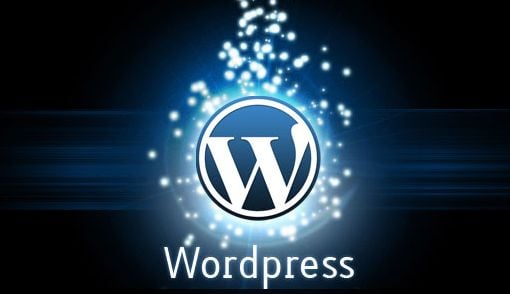WordPress can be relatively easy to setup, at least for a very basic entry-level website.
But can you afford to miss important steps?
While some people decide to get started themselves until they have the budget necessary to collaborate with a Calgary Professional Web Designer, it’s nonetheless crucial to avoid common mistakes that can create trouble down the line.
Here are 3 common mistakes you can easily avoid to get a good start with your WordPress website:
Not removing the “Log-in” meta tag
This is a widget that appears on a sidebar or on the footer by default when you setup a new WordPress installation. It allows you to access the login page of your own website.
But what’s wrong with that you say?
Well, having such an easy access to your login page helps hackers get into the admin side of your website. It’s like helping a robber know exactly where the door of your own house is, the only thing left for him to do is break the lock. By providing him with your home address, you’ve helped him do half the work already.
Solution:
Go to the admin side of your website, hover over “Appearance” then click “Widgets”. From there, find the sidebar or footer area on the column on the right where your “Meta” widget is and drag it away. This will remove the “log-in” link from your website. There are other ways to log into your website, keep reading, the second point will get you there.
Not hiding the “wp-admin” URL
Now that you’ve removed the easy way to log into your website, how do you log-in yourself?
Usually, the easiest way is to add “/wp-admin/” at the end of your home page’s URL. This is the default URL to get to the login page on WordPress.
But does that mean that hackers know about this?
Unfortunately, yes. But there are solutions! Here’s one for you:
Solution:
Install the “Better WP Security” plugin and configure it to hide such URL from the World. If a hacker tries to access such URL on your website, they’ll get a “404 Page Not Found”. You, as an admin, will get a “special” URL to log into your website that should NEVER be shared with anyone!
IMPORTANT: This plugin is very powerful and should be configured and manipulated with extreme caution to avoid any issue with your website.
Need help configuring this plugin for your website? Contact me today, I’d be delighted to help you!
Not resizing your images for web use
On a regular basis, major search engines such as Google, Yahoo and Bing refine their search algorithm to include more criteria in order to deliver valuable content to visitors.
One aspect of a website that is often overlooked is its speed (i.e. the time it takes for a browser to load a webpage).
One easy way to improve this right away is to resize images for web use.
Solution:
Use an application on your computer to resize the images of your website. This can easily be done via “Preview” on a Mac. If you’re planning to use some images and you haven’t uploaded them onto your website, great, resize them before.
If you wish to resize an image that is already in use on your website, you should resize it on your computer, note the pages and locations where such image is used then delete it from “Media” on the admin side then upload the smaller version. REMEMBER to add this smaller version back to all locations where you used it to avoid having a missing image on your pages and affect the user experience negatively!
So what’s a small image?
Usually around 20, 30 or 50KB is great, basically the smaller, the better. Sometimes, you may need an image to be slightly bigger but try to limit it as much as possible as many larger images add up quickly and make the page very “heavy” and slow.





